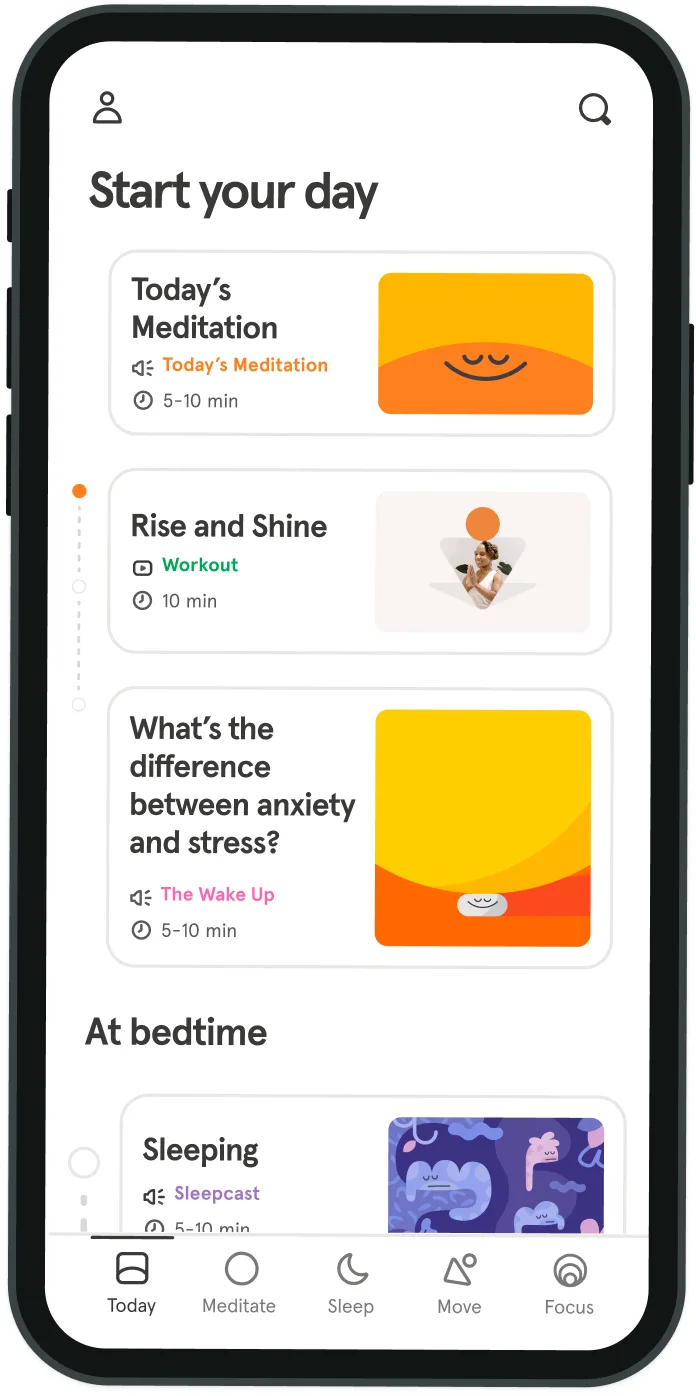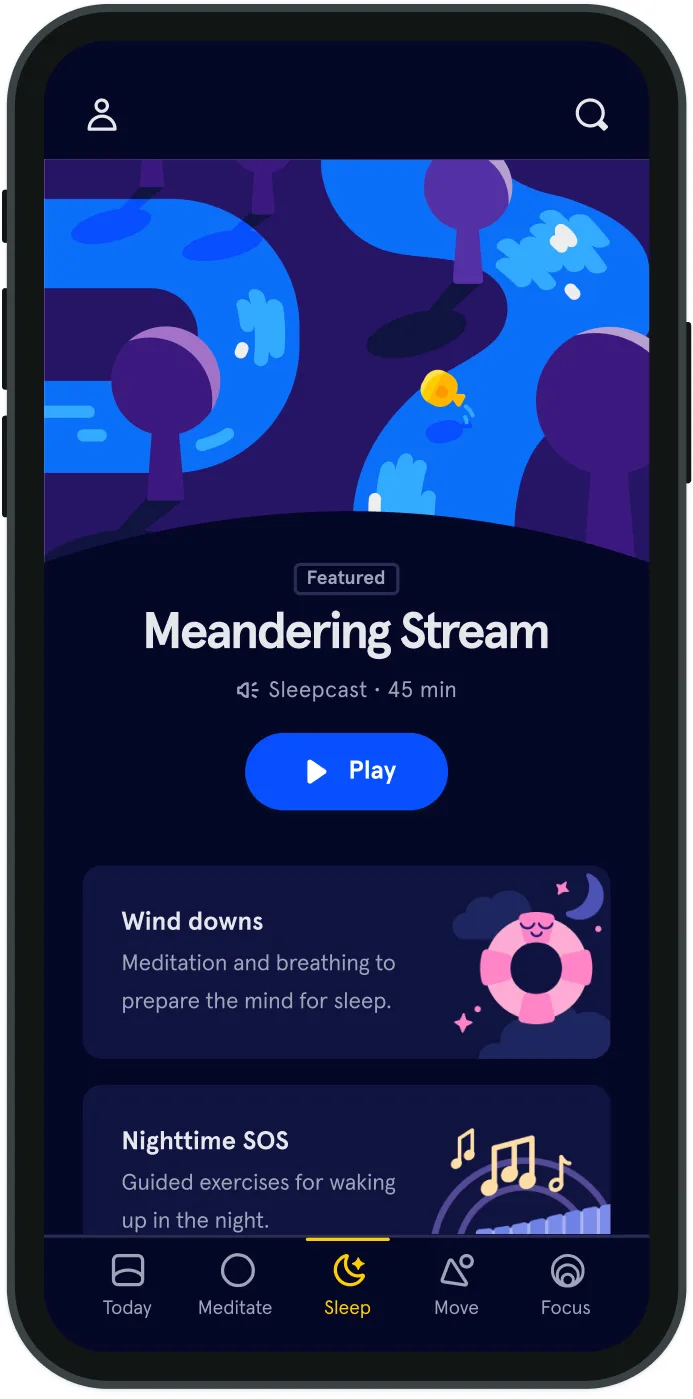How to find the positive side of negative thinking
Positive thinking has clear benefits. For a 2003 study, scientists asked undergraduates at the University of California, Davis to write weekly about their experiences. One group wrote about what they felt grateful for, and the other about what had annoyed them. Perhaps unsurprisingly, students in the first group reported feeling more satisfied with life.
Other studies have shown that counting your blessings can improve health, bolster happiness, and strengthen bonds with loved ones. Psychologists, counselors, and self-help gurus have all touted the benefits of positivity. (Arianna Huffington and Oprah each keep a gratitude journal.) And yet, there can be a dark side to positive thinking. Science suggests we would do well to acknowledge a range of experiences and emotions every day. As you count your blessings, you might also note what frustrates you. In a 2012 study, a group of adults in therapy wrote regularly about their lives. Researchers evaluated the emotional content of each personal narrative, noting when the author felt excitement, sadness, anxiety, guilt, or other emotions. Participants also completed an evaluation of psychological well-being before each session. (Well-being can be a richer measure of one’s psychological health than happiness alone. It describes a sense of fulfillment and emotional resilience.) Researchers found that participants who felt happiness and sadness in tandem saw significant improvements in personal well-being—more than those who felt happiness alone. The participants wrote that feeling a mix of emotions “may provide the brightest path in the course of navigating life's challenges.”
A similar study tracked the emotional state of people living in the San Francisco Bay Area over ten years. Those who often felt a mix of positive and negative emotions enjoyed better physical health than those who generally felt positive. Think of your sadness and frustration like the bitters in a cocktail. A dash of bitters makes the sweet flavors that much sweeter, drawing out the notes of caramel and vanilla in an old-fashioned. Just the same, feelings of melancholy can make life’s joyous moments that much richer. That’s not the only reason to acknowledge sadness. There also seems to be a real cost to trying to feel positive all the time. Burying anger or fear doesn’t make those feelings go away. Even when we ignore worrisome thoughts, our subconscious continues to churn through those emotions, often causing us to feel worse than if we initially acknowledged the anxiety. In recounting her experience with breast cancer, author Barbara Ehrenreich describes the pressure to think positively. She wrote in the Guardian that positive thinking “requires the denial of understandable feelings of anger and fear, all of which must be buried under a cosmetic layer of cheer.” And she pointed to a 2004 study that found that optimism did nothing to improve one’s odds of surviving lung cancer.
Notably, Ehrenreich says that the positive thinking movement is a distinctly American feature. She argued in her book, "Bright-Sided", that, for Americans, “positivity is not so much our condition or our mood as it is part of our ideology—the way we explain the world and think we ought to function within it.” Americans have placed a premium on happiness when, perhaps instead, we should focus on well-being. Rather than trying to stay positive, we should aim to feel fulfilled. Take the good with the bad. Acknowledge life’s ups and downs. Be mindful of how you feel at the present moment. Try to accept unpleasant emotions. As British philosopher Alan Watts once said, “One is a great deal less anxious if one feels perfectly free to be anxious, and the same may be said of guilt.” At some level, this is what we really want—more than the fleeting feeling of joy. As a thought experiment, philosopher Robert Nozick imagined a machine that could deliver limitless pleasure. Would you give up your life to be hooked up to the machine? Or would you rather endure the sadness and frustration of life as it really is? For most people, the answer is clear. It’s not an old-fashioned if you leave out the bitters.



Be kind to your mind
- Access the full library of 500+ meditations on everything from stress, to resilience, to compassion
- Put your mind to bed with sleep sounds, music, and wind-down exercises
- Make mindfulness a part of your daily routine with tension-releasing workouts, relaxing yoga, Focus music playlists, and more
Meditation and mindfulness for any mind, any mood, any goal

Stay in the loop
Be the first to get updates on our latest content, special offers, and new features.
By signing up, you’re agreeing to receive marketing emails from Headspace. You can unsubscribe at any time. For more details, check out our Privacy Policy.
- © 2025 Headspace Inc.
- Terms & conditions
- Privacy policy
- Consumer Health Data
- Your privacy choices
- CA Privacy Notice
